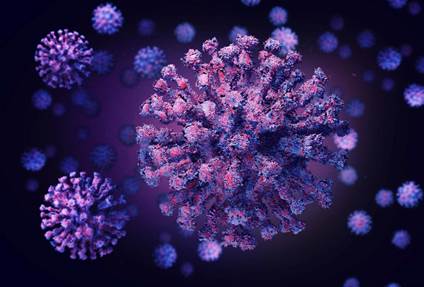





Disclaimer: Copyright infringement not intended.
Context
What is Spillover?
Watch this Video: https://youtu.be/lFo_NAHupZY
The recent study











© 2024 iasgyan. All right reserved